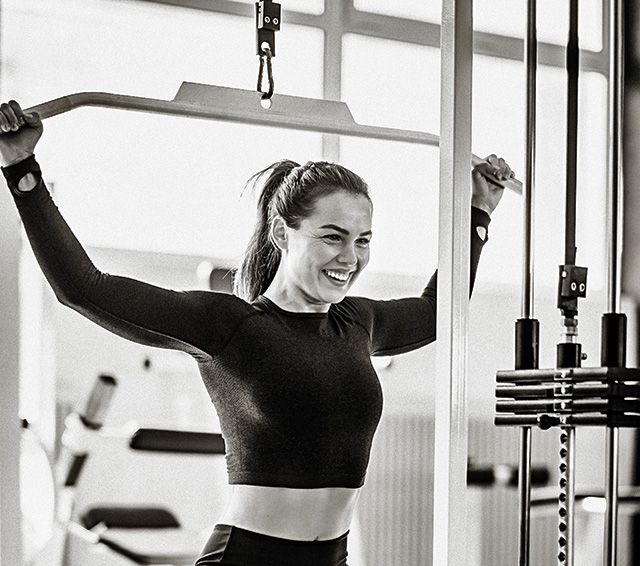Moving can be an exciting yet stressful experience. When settling into a new home, your fitness routines may be disrupted. However, staying fit after moving is crucial for your health.
Lifting and carrying boxes feels like a great exercise. However, you want to keep exercising when the moving process is complete. While moving fitness equipment across long distances is difficult, it isn't impossible.
 moving your home gym equipment
moving your home gym equipment Here are some tips to help you.
1. Plan Ahead
Planning is crucial when safely moving fitness equipment across long distances. This means taking the time to research the best way to move your equipment and making a checklist of everything you'll need. When moving a lot of equipment, you may need to rent a truck.
Planning ahead enables you to avoid last-minute scrambling. It ensures that your equipment arrives safely at your new home.
2. Disassemble Your Equipment
Disassembling your fitness equipment helps you move them safely. It reduces the risk of damage. Label all the parts, and keep any screws or bolts in a labeled baggie.
You can reassemble your equipment once you arrive at your new home. If you're uncomfortable disassembling your equipment, consider getting professionals to do it for you.
3. Use Proper Packing Materials
You need proper packing material to safely move fitness equipment across long distances. Use sturdy boxes, bubble wrap, and packing tape to secure your equipment.
For larger items like treadmills or ellipticals, use moving blankets. They protect your equipment during transit. Label your boxes with their contents and any handling instructions. This will help ensure your equipment is handled carefully during the move.
4. Rent a Truck or Trailer
Renting a truck may be a great option when you have a lot of equipment to move. You’ll get plenty of space to transport your equipment, and you can secure everything properly.
Choose a truck that is big enough for all of your equipment. You should have enough space to load and secure everything properly. Overcrowding can increase the risk of damage during transit.
 moving truck
moving truck5. Use Proper Lifting Techniques
When lifting heavy fitness equipment, you must learn proper lifting techniques. If you aren’t careful, you will likely get injured. Proper techniques include keeping your back straight, bending at the knees, and lifting with your legs rather than your back.
This will reduce the stress on your spine and prevent back injuries. Avoid twisting your body while lifting, as this can also lead to injuries.
Clear the pathways to avoid tripping or falling. Remove obstacles like furniture and rugs that may obstruct your path. Your pathway should be clear and well-lit.
6. Full Risk Assessment
Risk assessment helps you identify and mitigate potential hazards. When dealing with heavy fitness equipment, the slightest mistakes can cause fatal accidents. Pay attention to equipment with sharp edges and loose parts. Take precaution and seek professional help to move equipment safely.
7. Hire The Right Moving Service
If you're uncomfortable moving your fitness equipment alone, hire professionals. Moving companies can help you safely transport your equipment. They have the tools and experience for the job right.
While moving companies can be costly, you'll have peace of mind knowing your equipment is in good hands. You can focus on other aspects of the moving process.
Do your research and choose a reputable company. Go with a company that is experienced in moving fitness equipment. If you are looking for great options, check out the top 10 interstate moving companies.
8. Insure Your Equipment
While insurance might seem unnecessary, it is a wonderful idea. Accidents can happen during transit, and insurance gives you the peace of mind that comes with knowing you're covered.
Contact your insurance provider and find out the coverage they can offer. Compare different quotes and purchase additional coverage if necessary. This will help protect your investment and ensure you can continue pursuing your fitness goals in your new home.
If you like to keep fit, you’ll probably need to move your heavy fitness equipment at some point. Moving your equipment across long distances calls for careful planning. Consider the above tips for a smooth experience, whether you're moving a treadmill or dumbbell.
Related Pages
- Gym Equipment
- Selling fitness products on eBay
- Getting the Most Use Out of Your Home Fitness Equipment


 Current Events
Current Events